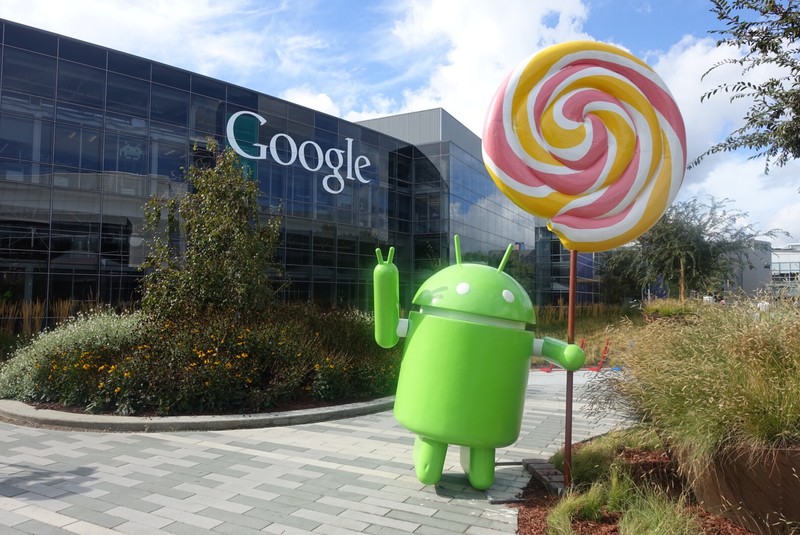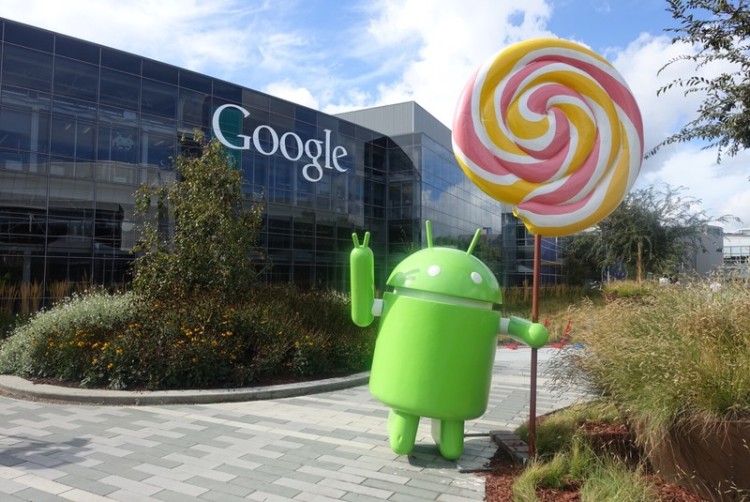The latest version of Android is often slow to arrive on mobile phones – whether as a download for users to get hold of themselves or as an included operating system on brand new phones. The new Android 5.0 Lollipop update is no different, as new figures released recently have shown that the brand new OS has currently only installed by a very tiny 1.6% of users.
The statistics also show the same thing we’ve heard from Android over the past few years – older versions of the phone OS are still very widespread. Updates are often slow, but the sheer number of outdated Android phones on the market is pretty staggering. Older versions Jellybean and KitKat still command the lions share of usage by Android users.
SEE ALSO: Google Earth Pro Now Free
Astonishingly, the number of users of Android KitKat are increasing, as opposed to mass adoption of the newer Lollipop. It’s not 100% clear as to why Android is adopted so slowly by new users, although Google doesn’t make much of a song and dance on people’s devices when a new update is available. Most of the time updates are manually searched for and downloaded by users, so perhaps awareness is a factor in the low rate of adoption of Lollipop.
As well as awareness, support for devices, whether new or older, is often slow to arrive. The OS needs to be ever so lightly tweaked to run on certain devices, or at the very least made compatible. Devices from one or two years ago often receive less attention as brand new ones, so this may be another reason why Lollipop has been so slow to arrive.

There is a decline in those versions of Android behind KitKat – Jelly Bean, Ice Cream Sandwich and Gingerbread, as well as the ancient Froyo versions are all steadily decreasing in terms of usage. It’s still a very slow process. Google is happy to reveal the numbers, but there still is only very limited driving force behind new versions from the company.
SEE ALSO: Pirate Bay Returns With Phoenix Logo
As well as Android version usage numbers, Google also made a few more charts such as the one above on screen size and OpenGL version usage. The screen size chart clearly shows that Android mostly operates on screens of a ‘normal’ size, but also that the OS is coming to large and extra large screen sizes as well.
Find out more on Android at the source link below, where Google have broken down the big numbers for their mobile OS and all its versions in a recent press release. The numbers were collected on the 2nd of February, so they are very much up to date.
Source: Android
Via: Techspot

